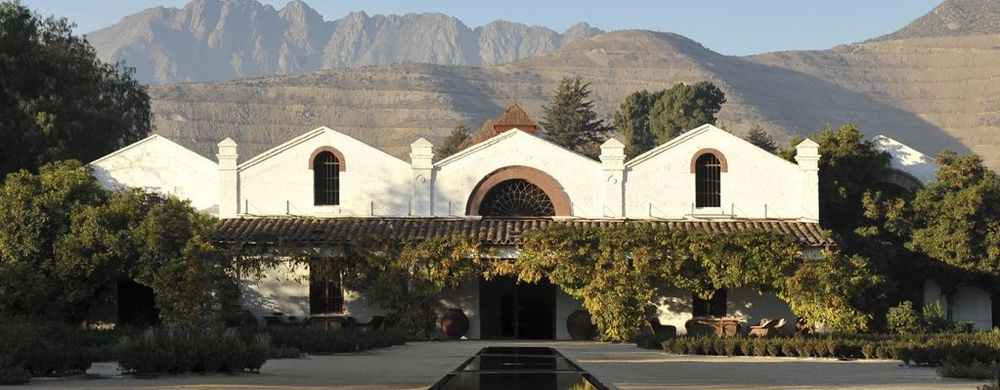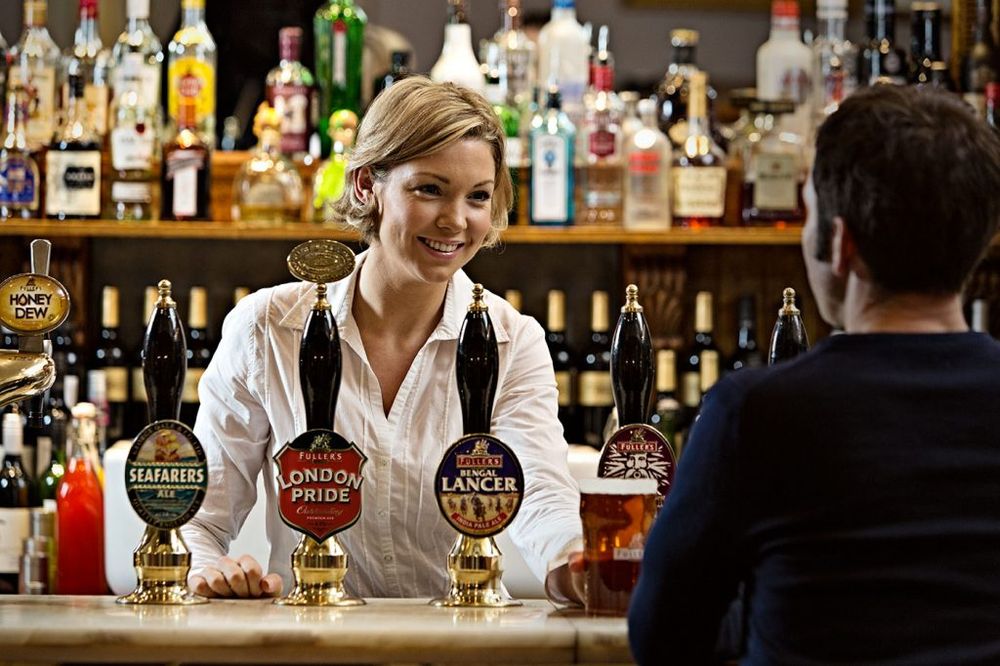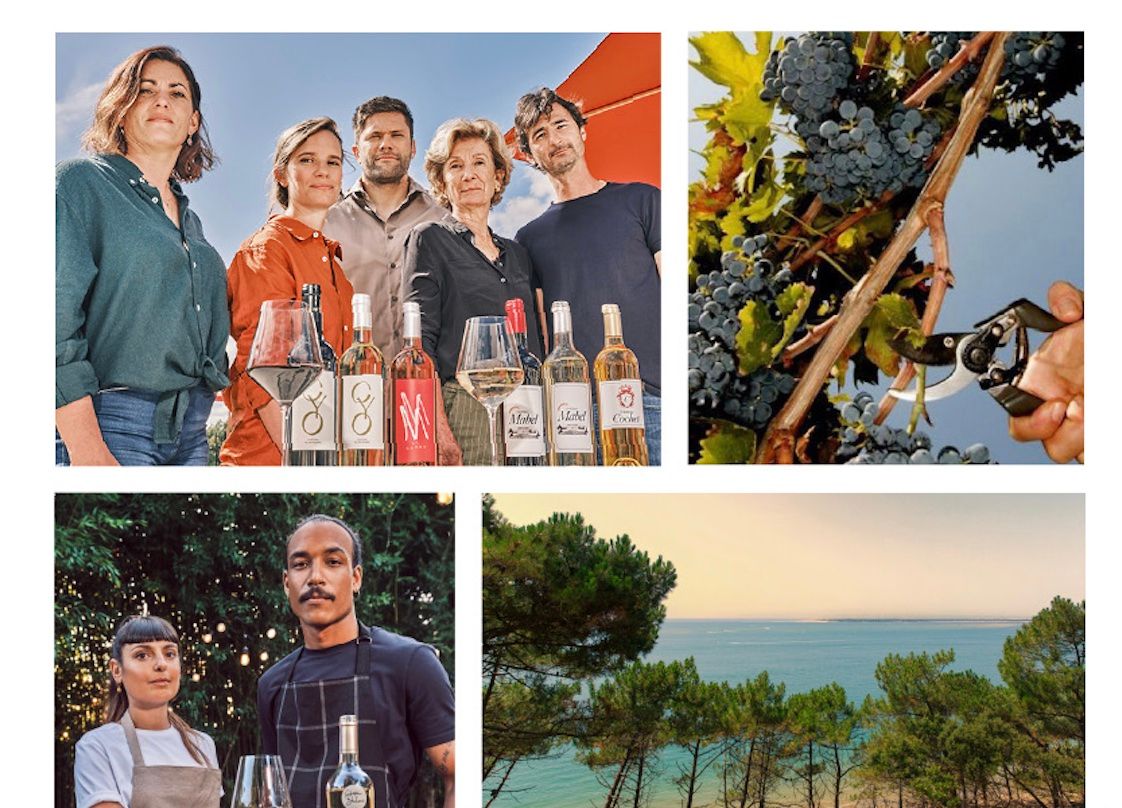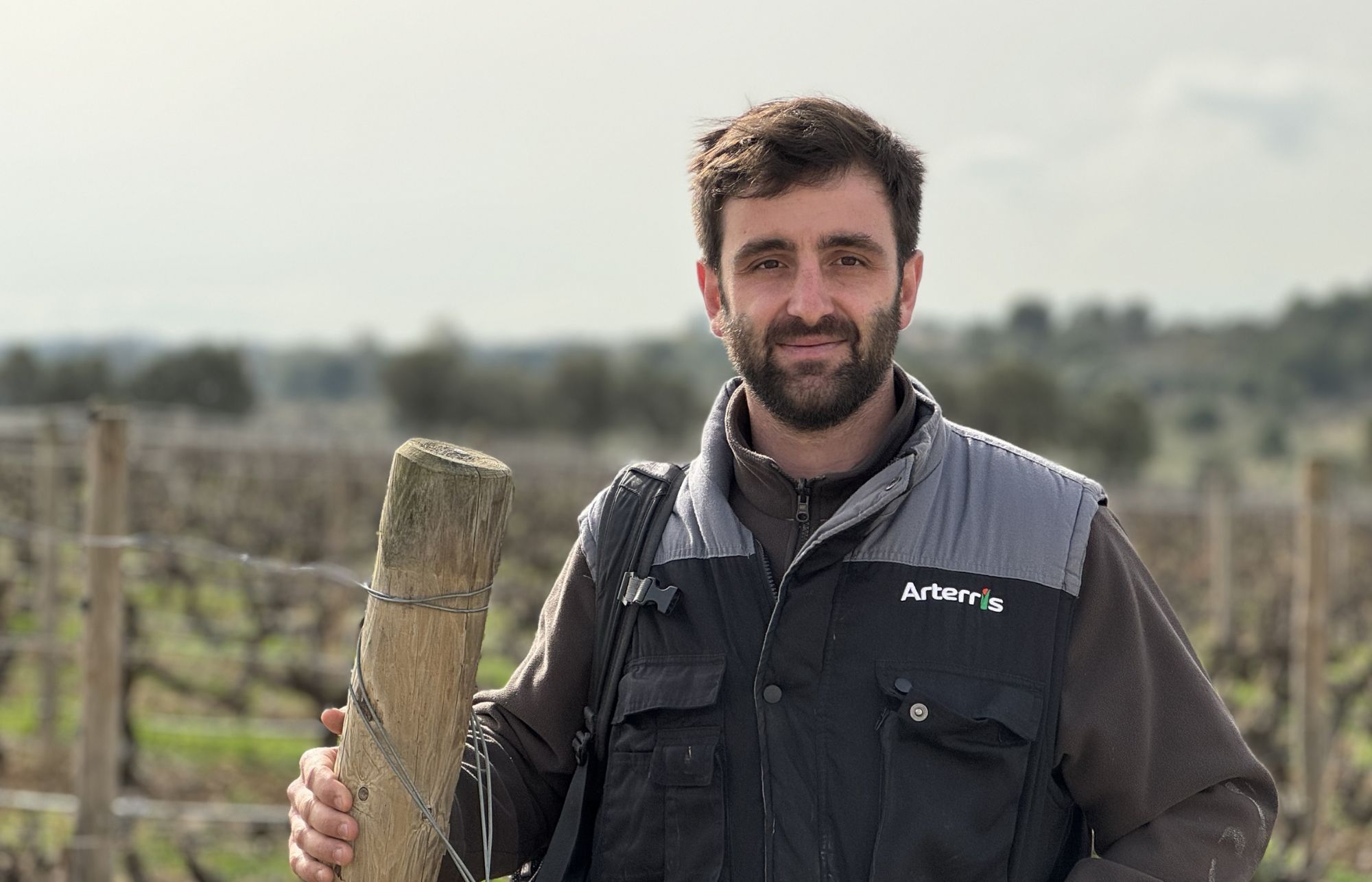The drinks supply chain is being turned upsides. Traditional drinks producers and distributors are taking more control of how they get their goods to their target consumers and are looking to break whatever rules they can along the way.
It is human nature to want to categorise the industries and businesses we work in. It makes it potentially easier to understand and pick trends and opportunities within what we like to think are very distinct sectors or work functions.
The reality is, of course, a lot more complex than that, and becoming even more so in the fast changing global wine industry.
It is, for example, becoming far more difficult to define what a lot of wine companies actually do. What their main purpose and business strategy is. As the number of ways in which consumers can buy wine and spirits increases then it makes sense that the producers, distributors and retailers supplying those drinks will also be changing their models too.
All of which is being fast tracked by huge advances in technology that now means an average consumer or customer can have a bottle delivered to their door, or place of business within an hour.
For the winemakers and drinks producers at the start of the supply chain it presents both major opportunities and some worrying challenges to boot.
On the hand they have so many markets and channels to supply. What would have been the average drinks producer’s Top 10 biggest export markets say 10 years ago, will look very different today. Never mind the different potential routes to market they now have, be it online and direct to consumer through wine apps and other new markets that simply were not there in the 2000s.
New competition
But that also throws up new challenges and new competition which not all traditional drinks producers are geared up to or capable of taking on. What was once quite a straightforward supply chain of production, distribution, import and sales is now very different.
It is forcing or enabling wine and spirit companies to behave very differently to what they are accustomed to or known for.
They are increasingly looking to take steps that will enable them to take actual control of parts of that supply and distribution chain that traditionally they have always left to third parties to handle. It is not a case of taking back control as they never had it in the first place, but the door is open, the opportunity is there for drinks businesses to now get fully involved in areas of the drinks industry they had previously no control over.
Worried you are losing your way in the on-trade in a particular country, then why not go out and buy, or partner up, with a specialist restaurant distribution business in that market? Or better still go the extra step and buy a restaurant or pub chain that can guarantee they will sell and market your products for you. Sounds far fetched, but step back a moment and such developments are happening all around you. The businesses involved may not be singing from the rooftops about it, primarily because they want to steal a march on their competition.
Getting closer to the market

Chile’s Errazuriz has long had a strategic position in the UK thanks to its shareholding in Errazuriz
We have seen for a number of years how major wine producers have set up their own distribution offices in key markets around the world. Be it Concha y Toro, Gallo, Accolade Wines or Treasury Wine Estates.
Or how producers have looked to partner and tie themselves in with wine suppliers that can act as their eyes, ears and, most of all, feet on the ground.
Highly respected businesses such as Hatch Mansfield and Fell’s in the UK are essentially the distribution arm for the producers behind them. Notably Errazuriz and Villa Maria at Hatch, or the likes of Torres and Symington Family Estates at Fell’s.
This week we have seen major French co-operative, InVivo Group, acquire the Armit Wine Business.
Germany wine giant, Henkell & Co is the majority shareholder of UK wine agency and brand business, Copestick Murray.
The model has become a tried and tested way of doing all you can to secure distribution in a key market.
In the US new online start-up models are looking to shake up the traditional distribution system by allowing smaller producers to go direct to their potential customers online. New platforms like Liberation Distribution, which claims to be the US’s first online three-tier alcohol distribution platform.
Owning restaurant chains?

Wine distributors Les Cave De Pyrene has had an interest in the Terroirs groups of restaurants since it launched
What is not tested, however, is how skilled a wine production business is in actually taking over the operations of a major retail, restaurant or bar business.
That, though, is very much the logical next step for a lot of these wine producers to take. It is one thing having control of your supplier base, but you are still relying on trade buyers to list and stock your brands.
Go the extra mile and you have control of the supply chain from the vineyard to the restaurant floor or retail shelf.
Clearly this option will depend on the rules and regulations that dictate how wine and spirits can be shipped and controlled in a particular country, but where the distribution market is wide open, then the opportunities are enormous.
Following the beer sector

Fullers own the breweries that supply the beer to the pubs they also control
It is already happening in the beer industry where vertical integration is a lot further down the line. Major brewers have long also owned their own pubs and restaurants, tie-ing them in to a controlled distribution model.
Heineken, for example, spent £403m last year acquiring one of the UK’s biggest pub group, Punch Taverns. Last week the C&C Group, which owns brands such as Magners cider, has taken a 47% share in another British pub group, Admiral Taverns, alongside a US investment arm.
For C&C’s chief executive Stephen Glancey, it is all about securing “market access”. “We will be able to drive our brands through their estate,” he said this week. He added, “For brewers and drinks companies to have some sort of ability to influence the choice in pubs is still very relevant.”

There is talk of major wine and drink distributors in the UK looking to set up their own retail sites, or work with on-trade partners to host joint offers, where they can push their wines direct to the consumer. We are seeing the initial steps in the process with the number of pop-up concepts we have seen in recent years. Be it drinks producers, such as Accolade Wines, taking out retail sites at sporting grounds, like for Hardy’s Wines. Traditional importers like Ehrmanns running stands and pop-ups for its Beefsteak Malbec brand, Copestick Murray has been at major festivals with its iHeart brand. Buckingham Schenk is about to open a pop-up for the Vinalba Argentine wine brand in Shoreditch in London.
All of which can be seen as the initial steps in to a very different way of working. Where the brands, the producer, the distributors, and importers are the ones setting up retail and direct to consumer propositions and cutting out their traditional route to market. How far all these initiatives go remains to be seen, but it is clear the opportunity is there, consumers are very open to the idea and there is really nothing to stop them other than their own ambition and how far they are willing to take a risk.
It is still very much early days in how this is all going to shape out, but the wine companies, be they producers or distributors, we like to think we know well, will, and should look very different just five years from now.
- This is an adapted version of an article that first appeared on VINEX, the site dedicated to the trading of bulk wine online.



































